German Shepherd Keeps Getting Injured? German Shepherds capture your heart from the moment you bring them home. They’re an intelligent, athletic, and loyal breed making wonderful pets and companions for anybody.
Table of Contents
Since they are a large breed of dogs, their body weight makes German shepherds prone to joint and muscle strains and sprains.
Inbreeding and careless breeders who overlook dog health in kennels compound the problem. When adopting your canine buddy, you should explore their lineage before making a choice.
Top Reasons Why German Shepherd Keeps Getting Injured
| Reason |
|---|
| Genetics: German Shepherds are a large breed of dog, and as such, they are more prone to certain types of injuries, such as hip dysplasia and elbow dysplasia. These are both inherited conditions that can cause pain and lameness in affected dogs. |
| Overexertion: German Shepherds are very active dogs, and they need a lot of exercise. However, if they are overexerted, they can be more prone to injuries. This is especially true if they are not used to exercising regularly. |
| Poor diet: A poor diet can lead to a number of health problems in dogs, including injuries. German Shepherds need a diet that is high in protein and low in fat. A diet that is not balanced can lead to weight gain, which can put stress on the joints and make them more prone to injury. |
| Lack of exercise: Exercise is important for all dogs, but it is especially important for German Shepherds. Exercise helps to keep their joints healthy and strong. If they do not get enough exercise, they can be more prone to injuries. |
| Injuries from accidents: German Shepherds are active dogs, and they are prone to accidents. They may be injured in a car accident, a fall, or a fight with another dog. |
| Health conditions: Some health conditions can make German Shepherds more prone to injuries. For example, dogs with arthritis or hip dysplasia may be more likely to suffer from joint injuries. |
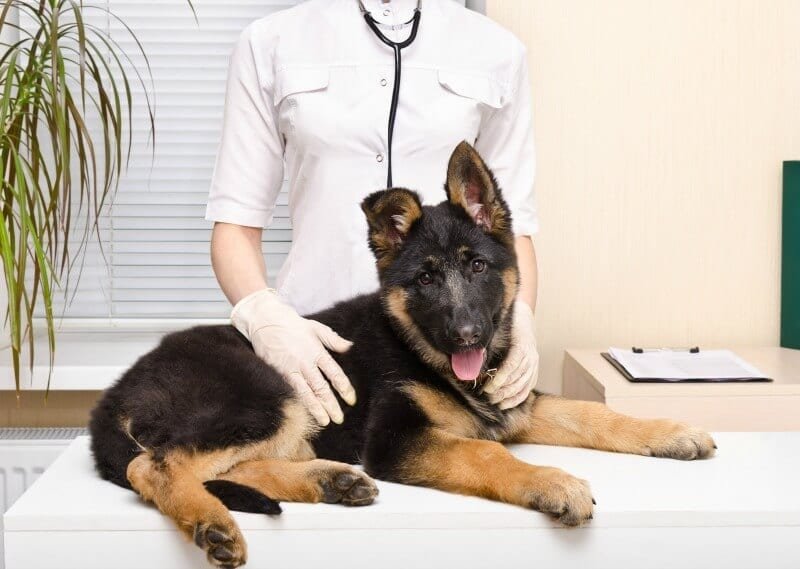
You’d also want to take special care of your buddies to ensure that they are healthy and happy.
Understanding the Canine Anatomy
To understand better why German shepherds (or all dogs for that matter) have joint issues, you would take a closer look at their anatomy. Dogs walk on their toes with the ankles elevated, and knees bent forward. Each time they walk, they exert pressure on their leg muscles and joints.
The shoulders, elbows, wrists, and toes of the front legs and the hips, knees, ankles, and toes of the rear legs bear the brunt of the active lifestyle dogs have.
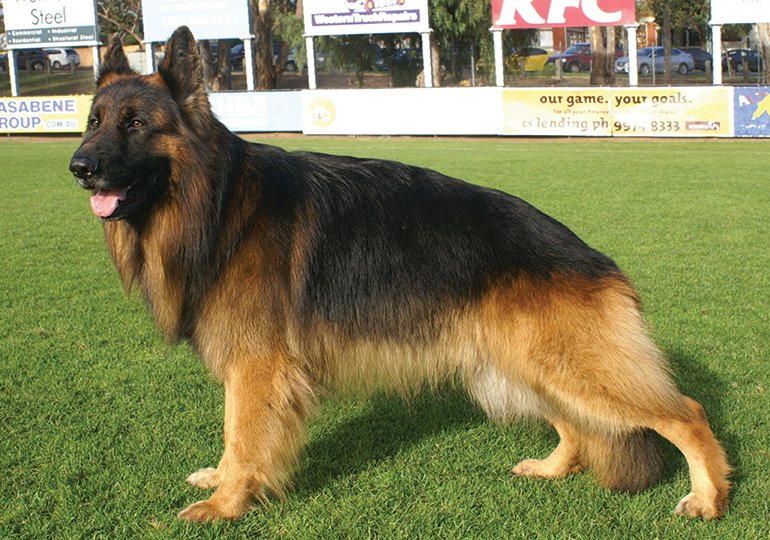
Whether it is chasing after squirrels and balls, rough and tumble games with friends, running with their humans, and even scratching their ears, all these activities stretch and strain their muscles.
Here are some of the common reasons for injuries among German shepherds.
Ruptured Cranial Cruciate Ligament (CCL)
One of the most common conditions among dogs is a ruptured cranial cruciate ligament (CCL). This ligament is similar to the anterior cruciate ligament in humans.
Walking and running is not as stressful on the knees for humans since their hip, knee, and ankle joints stand perpendicular to the weight-bearing flat surface of the feet.
On the other hand, dogs stand on their toes, and each time they walk, the pressure is exerted on the sloping tibial plateau that pushes down the femur.
Also Read: Canine Parvovirus for German shepherd dogs symptoms and treatment.
The CCL keeps the knee joint stable and prevents the downward thrust. High-intensity activities such as leaping and running could rupture the ligament, but slips and falls can also damage the tissues.
Also Read: 7 Reasons to have a fluffy bed for dogs
The little guy might suddenly start to limp or walk with one leg lifted off the ground.
Typically, injury in one leg often strains the opposite front leg that compensates for the damage.
The typical surgical solution, known as the TPLO, is very hard on the dog’s bodies. If you do face a trip to the vet, look into TPLO surgery alternatives.
Hip Dysplasia
More often than not, hip dysplasia is a genetic problem typically the result of inbreeding. However, excessive exercising, a bad diet causing obesity, and injuries as puppies can also result in such issues in adult dogs.
Hip dysplasia is a kind of malformation that occurs in around 19% of German shepherds. Dogs born with this problem have a loose hip socket that does not fit properly around the ball of the leg bone or femur.
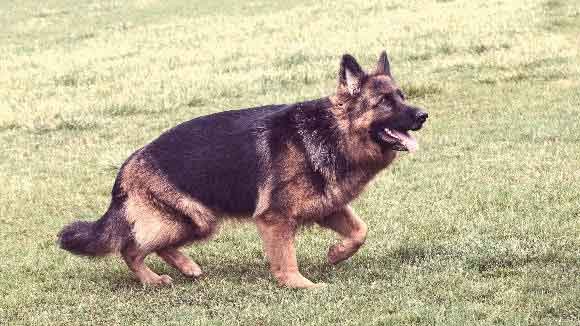
When the leg bone moves around too much in the socket, the movement causes pain and further damage.
Some dogs have only mild symptoms, while others progress to degenerative joint disorders like osteoarthritis and the inability to walk properly.
The condition may start to show signs at different times in the dog’s lifelike, for instance, at around two years or an advanced age when the dog develops arthritis.
Obesity and a Poor Diet
Dogs like German shepherds that have a genetic propensity to getting arthritis and joint problems need a carefully balanced diet with an ideal blend of nutrients.
Like humans, canines need a diet rich in Omega-3 fatty acids that keep their joints lubricated and prevent arthritis.
You must also feed them foods with essential amino acids that are crucial for tissue-building. Like your vet will advise, keep your buddy’s weight in control by restricting their fat and sugar intake.
And check conventional food labels for any other harmful ingredients that can cause swelling in their joints.
Choose a high protein dog food that is made with organic ingredients, without added preservatives and chemicals.
You would also watch out for fillers or meat meal that is a deceptive term for animal parts that are usually considered low grade and unfit for even human consumption.
Keep a close tab on the kibble and treats that you give your German shepherd since they are not very good at judging their needs and tend to overeat if allowed to.
Inadequate Exercise
German shepherds are exceptionally active dogs that need lots of mental and physical stimulation. You must walk and exercise them at least for two hours every day, and include a repertoire of toys and puzzles to keep them happy.
Take your furry friend for walks with the opportunity to burn off energy at the off-leash dog park. Proper activity, preferably spread out all through the day, is critical to keep their muscles toned and strengthened.
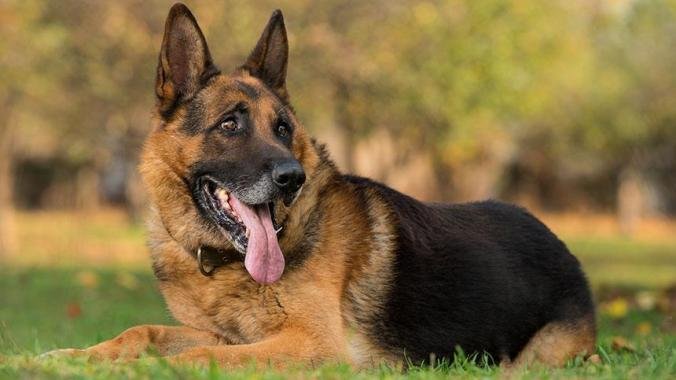
When scheduling activities, do remember to add at least 10 minutes of warming up and another ten minutes of warming down.
In other words, make sure your dog walks around slowly to warm up their muscles before indulging in running and jumping. And, once the exercise session is complete, do another walk for about ten minutes to cool down their muscles sufficiently before coming to a rest.
Precautions like these will ensure that your buddy’s joints remain flexible and strong.
Walking on Smooth, Polished, or Laminated Surfaces
Your dog’s shoulders and hips are designed for moving forward and backwards with only a slight medial movement inwards or outwards.
Walking or running on smooth surfaces leads to slipping and sliding. Splayed or abducted legs cause severe strain on the chest or pectoral muscles and hips.
Even if your buddy seems fine at the time, chances are that they could develop serious injuries down the line, one of which is tearing the CCL.
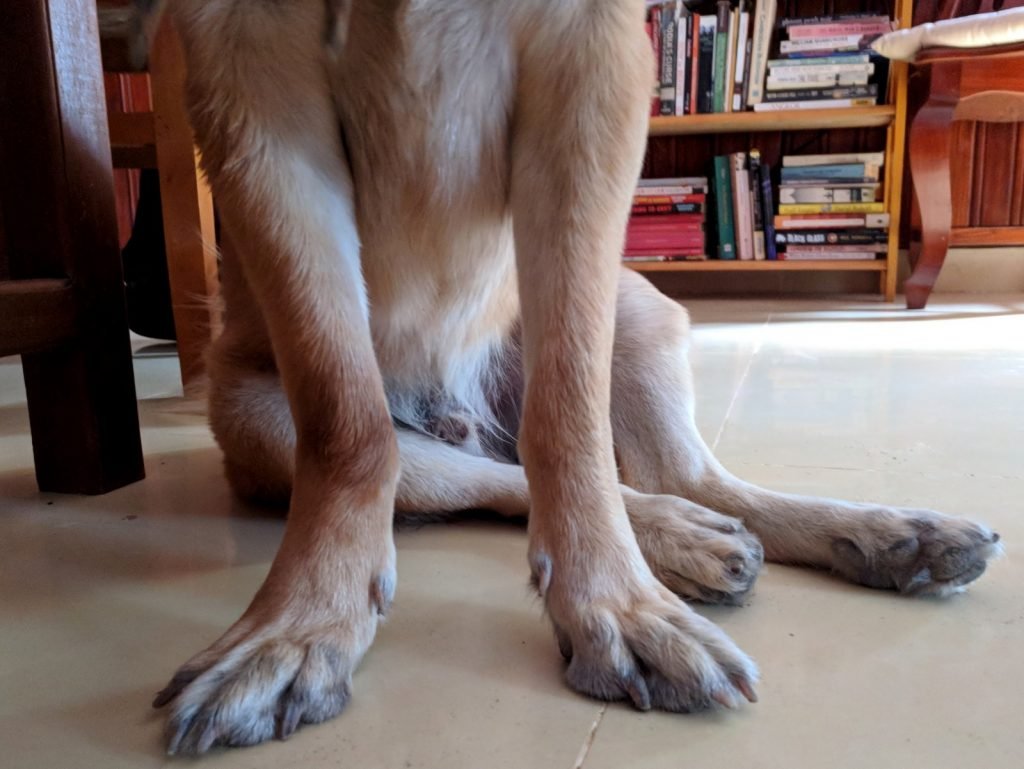
Too many incidents of slipping and abducting leads to other musculoskeletal disorders and arthritis as the dog ages.
If you’ve been getting them treatment for CCL or arthritis, sliding on polished surfaces may delay healing and improvement.
German shepherds are fun to have around especially for families that spend lots of time outdoors. Watch out for the risks that can result in injuries and keep your buddy protected.

